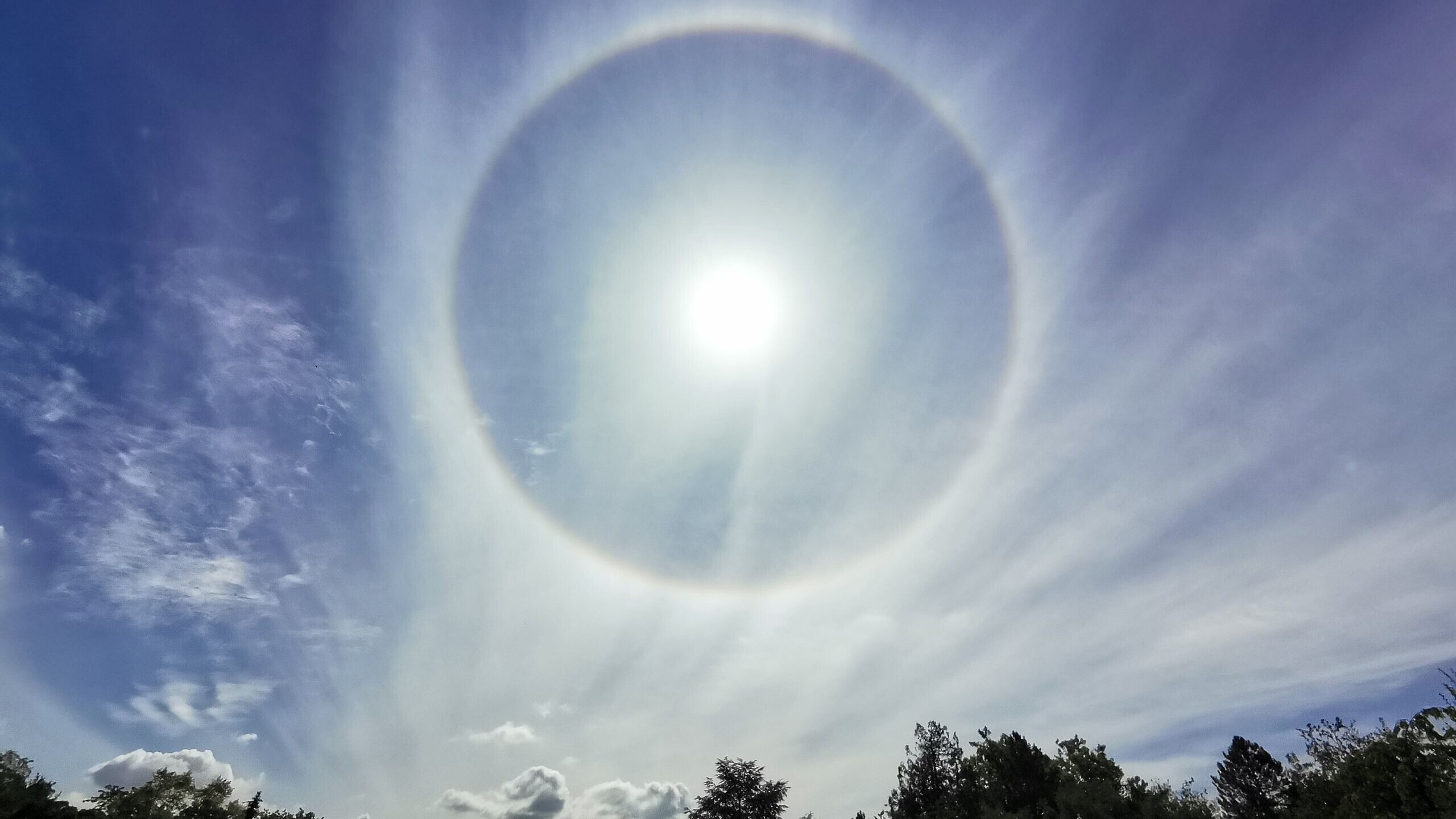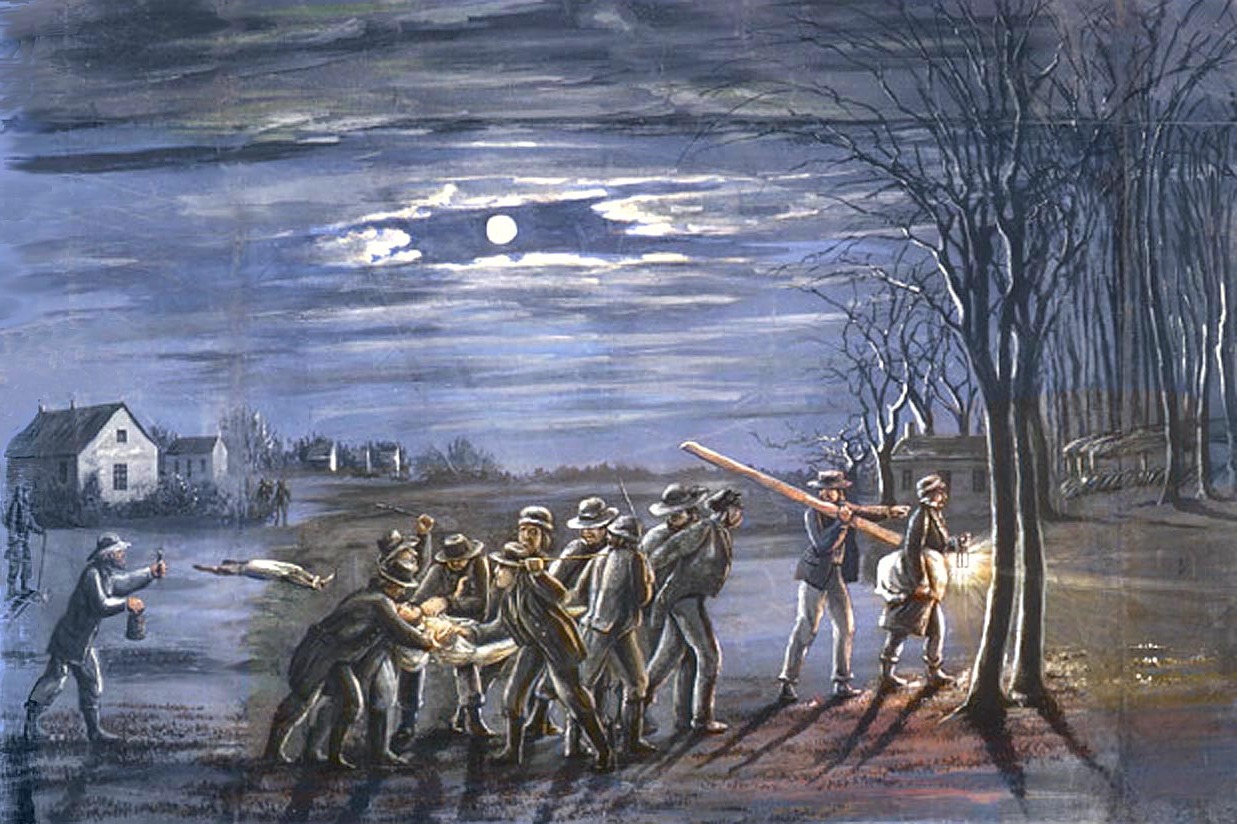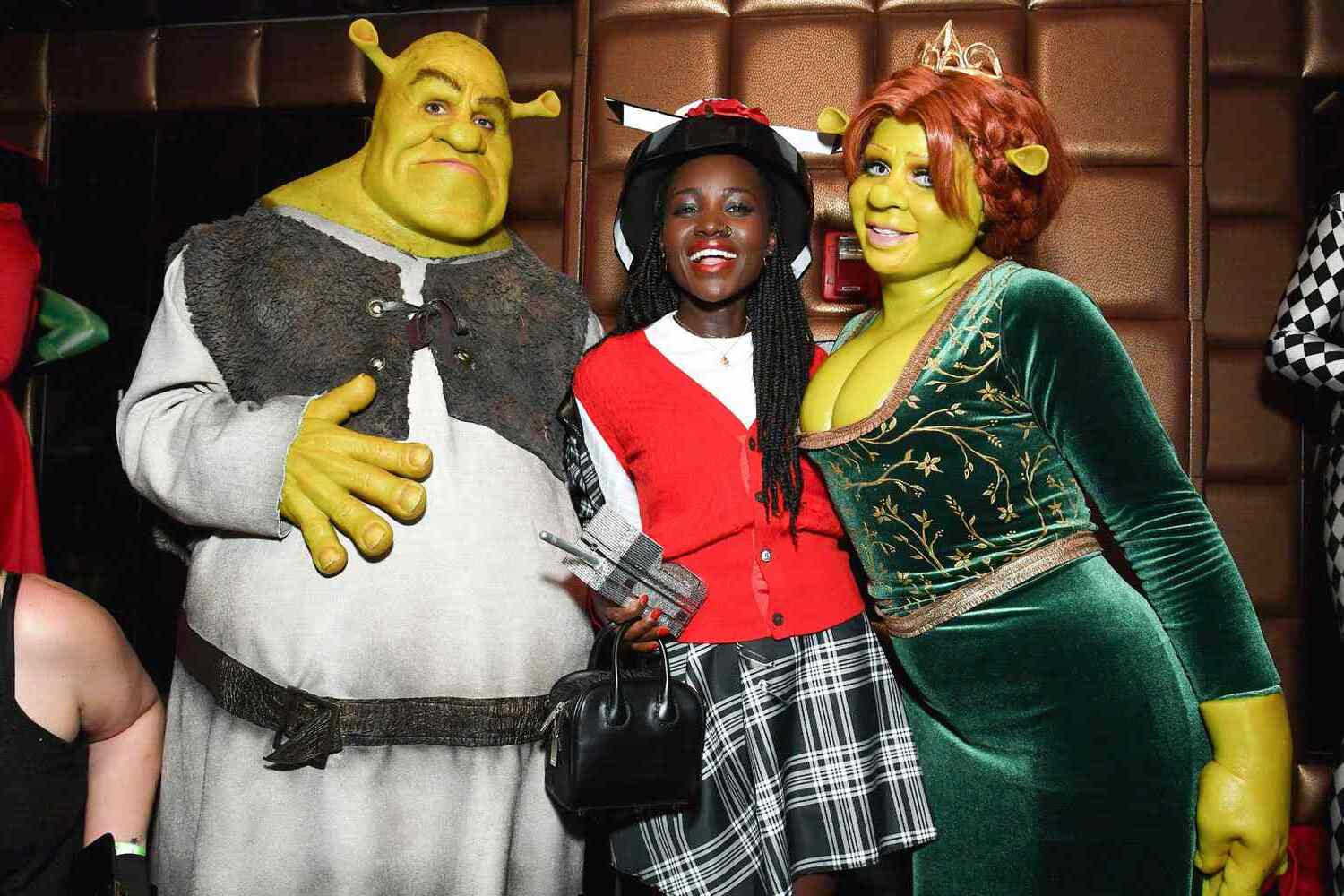
Have you ever looked up at the sky and wondered about the strange lights and colors you see? From rainbows to halos, atmospheric optical phenomena are natural light shows that leave us in awe. These dazzling displays occur when sunlight interacts with water droplets, ice crystals, or dust particles in the atmosphere. Rainbows, for instance, form when sunlight refracts, reflects, and disperses through raindrops. Halos, on the other hand, appear as bright circles around the sun or moon due to ice crystals in cirrus clouds. Mirages trick our eyes by bending light rays, making objects appear displaced. Each phenomenon has a unique cause and appearance, turning the sky into a canvas of ever-changing art. Ready to learn more? Let's dive into 40 fascinating facts about these mesmerizing atmospheric wonders!
Key Takeaways:
- Atmospheric optical phenomena are stunning visual events caused by sunlight or moonlight interacting with the atmosphere. From rainbows to auroras, these natural wonders are created by the bending, reflecting, and refracting of light through ice crystals and water droplets.
- Rare and unique atmospheric optical phenomena, like green flashes and noctilucent clouds, are breathtaking and can only be seen under specific conditions. Ice crystals and water droplets play a significant role in creating these stunning visual effects in the sky.
What Are Atmospheric Optical Phenomena?
Atmospheric optical phenomena are visual events that occur in the sky due to the interaction of sunlight or moonlight with the atmosphere. These phenomena can be stunning and mysterious, often leaving observers in awe. Here are some fascinating facts about these natural wonders.
-
Rainbows form when sunlight is refracted, reflected, and dispersed through water droplets in the atmosphere, creating a spectrum of colors.
-
Double rainbows occur when light is reflected twice inside water droplets, resulting in a secondary rainbow with reversed colors.
-
Fogbows are similar to rainbows but appear in fog rather than rain. They are usually white due to the smaller size of fog droplets.
-
Glories are colorful rings that appear around the shadow of an observer's head, often seen from airplanes or mountaintops.
-
Halos are rings of light that encircle the sun or moon, caused by the refraction of light through ice crystals in the upper atmosphere.
-
22-degree halos are the most common type, forming a circle with a radius of about 22 degrees around the sun or moon.
-
Sundogs are bright spots that appear on either side of the sun, caused by the refraction of sunlight through ice crystals in the atmosphere.
-
Sun pillars are vertical columns of light that extend above or below the sun, created by the reflection of sunlight off ice crystals.
-
Moonbows are rainbows that occur at night, formed by the light of the moon rather than the sun.
-
Light pillars are vertical beams of light that appear to extend above or below a light source, caused by the reflection of light off ice crystals.
Rare and Unique Phenomena
Some atmospheric optical phenomena are rare and can only be seen under specific conditions. These events are often breathtaking and worth the effort to witness.
-
Circumhorizontal arcs are horizontal bands of rainbow-colored light that appear parallel to the horizon, caused by the refraction of sunlight through ice crystals.
-
Circumzenithal arcs are arcs of light that appear directly overhead, resembling an upside-down rainbow.
-
Anticrepuscular rays are rays of sunlight that appear to converge on the horizon opposite the sun, caused by the scattering of light by particles in the atmosphere.
-
Crepuscular rays are beams of sunlight that appear to radiate from the sun, often seen during sunrise or sunset.
-
Green flashes occur just before sunrise or just after sunset, when the upper rim of the sun appears green due to atmospheric refraction.
-
Belt of Venus is a pinkish glow that appears above the horizon opposite the sun during twilight, caused by the backscattering of sunlight.
-
Heiligenschein is a bright halo that appears around the shadow of an observer's head, caused by the reflection of light off dew-covered grass or other surfaces.
-
Brocken spectre is a magnified shadow of an observer cast on clouds or mist, often surrounded by a glory.
-
Noctilucent clouds are high-altitude clouds that glow brightly after sunset, illuminated by sunlight from below the horizon.
-
Auroras are colorful displays of light in the polar regions, caused by the interaction of solar wind with the Earth's magnetic field.
Phenomena Caused by Ice Crystals
Ice crystals in the atmosphere play a significant role in creating many optical phenomena. These crystals can bend, reflect, and refract light in various ways, leading to stunning visual effects.
-
Parhelic circles are horizontal circles of light that appear at the same altitude as the sun, caused by the reflection of sunlight off ice crystals.
-
Tangent arcs are arcs of light that appear above and below the sun, caused by the refraction of sunlight through hexagonal ice crystals.
-
Sun dogs are bright spots that appear on either side of the sun, caused by the refraction of sunlight through ice crystals in the atmosphere.
-
Subsun is a bright spot that appears directly below the sun, caused by the reflection of sunlight off ice crystals.
-
Elliptical halos are oval-shaped halos that appear around the sun or moon, caused by the refraction of light through ice crystals.
-
46-degree halos are larger halos that appear around the sun or moon, with a radius of about 46 degrees.
-
Parry arcs are arcs of light that appear above and below the sun, caused by the refraction of sunlight through horizontally oriented ice crystals.
-
Supralateral arcs are arcs of light that appear above the 46-degree halo, caused by the refraction of sunlight through ice crystals.
-
Infralateral arcs are arcs of light that appear below the 46-degree halo, caused by the refraction of sunlight through ice crystals.
-
Circumzenithal arcs are arcs of light that appear directly overhead, resembling an upside-down rainbow.
Phenomena Caused by Water Droplets
Water droplets in the atmosphere can also create beautiful optical phenomena. These droplets can scatter, refract, and reflect light, leading to a variety of visual effects.
-
Rainbows form when sunlight is refracted, reflected, and dispersed through water droplets in the atmosphere, creating a spectrum of colors.
-
Double rainbows occur when light is reflected twice inside water droplets, resulting in a secondary rainbow with reversed colors.
-
Fogbows are similar to rainbows but appear in fog rather than rain. They are usually white due to the smaller size of fog droplets.
-
Glories are colorful rings that appear around the shadow of an observer's head, often seen from airplanes or mountaintops.
-
Heiligenschein is a bright halo that appears around the shadow of an observer's head, caused by the reflection of light off dew-covered grass or other surfaces.
-
Brocken spectre is a magnified shadow of an observer cast on clouds or mist, often surrounded by a glory.
-
Crepuscular rays are beams of sunlight that appear to radiate from the sun, often seen during sunrise or sunset.
-
Anticrepuscular rays are rays of sunlight that appear to converge on the horizon opposite the sun, caused by the scattering of light by particles in the atmosphere.
-
Belt of Venus is a pinkish glow that appears above the horizon opposite the sun during twilight, caused by the backscattering of sunlight.
-
Green flashes occur just before sunrise or just after sunset, when the upper rim of the sun appears green due to atmospheric refraction.
The Magic of Atmospheric Optical Phenomena
Atmospheric optical phenomena are more than just pretty sights. They reveal the fascinating interplay between light and our atmosphere. From rainbows to auroras, these events showcase nature's artistry. Understanding them not only enriches our appreciation of the world but also deepens our knowledge of physics and meteorology.
Next time you spot a halo around the sun or a glory on a foggy day, remember the science behind these wonders. They’re not just random occurrences but intricate dances of light and particles. Keep your eyes peeled and your curiosity alive. The sky has countless stories to tell, and each phenomenon is a chapter worth exploring. So, whether you're a science buff or just someone who loves a good sky show, there's always something new to learn and marvel at.
Frequently Asked Questions
Was this page helpful?
Our commitment to delivering trustworthy and engaging content is at the heart of what we do. Each fact on our site is contributed by real users like you, bringing a wealth of diverse insights and information. To ensure the highest standards of accuracy and reliability, our dedicated editors meticulously review each submission. This process guarantees that the facts we share are not only fascinating but also credible. Trust in our commitment to quality and authenticity as you explore and learn with us.


